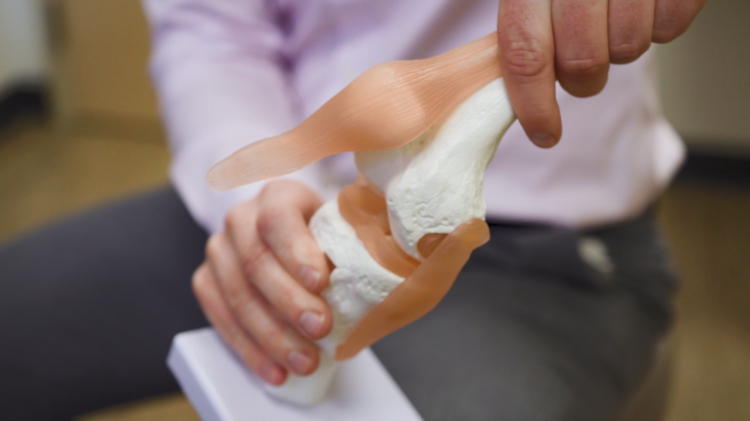The Center is now part of St. Charles!
Starting today, The Center is officially part of St. Charles Health System, operating as St. Charles Center for Orthopedics & Neurosurgery. Our teams are currently experiencing extremely high call volumes. If you are trying to reach your provider or care team but have not received a call back, please be patient. We are working hard to return every call.
Alert
Close Menu
Call for Appointments and Questions:
- Welcome patients from The Center!
- Virtual Visits
- Log into MyChart
- Find Providers
- Locations
- Services
- Patients
- Visitors
- Classes & Events
- Blog & News
- St. Charles on social
- Give to St. Charles
Login
View medical records, test results, book appointments, manage family's care, pay bills and more.










